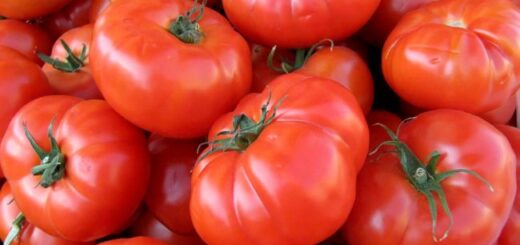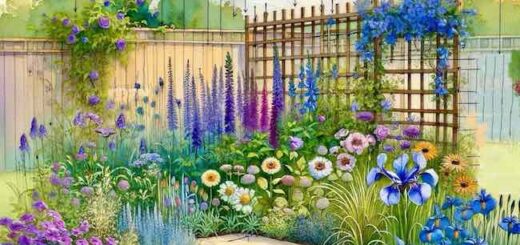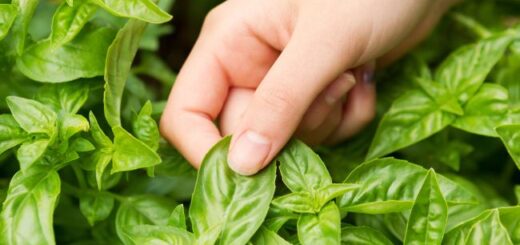Gardening Calendar: Second Week of June

Feeding your Wisteria: This is a good time to give your wisteria a boost of nutrients. Apply a balanced fertiliser specifically formulated for flowering plants. Follow the instructions on the fertiliser package for the correct dosage and method of application. Spread the fertiliser evenly around the base of the plant, avoiding direct contact with the stems. Water the plant thoroughly after feeding to help the nutrients penetrate the soil.
Supporting your Climbers and Perennial Plants: As your climbers and perennial plants continue to grow, it’s important to provide them with proper support. Check for any weak or damaged stems and secure them to trellises or supports using garden twine or soft plant ties. Ensure that the support structure is sturdy enough to withstand the weight of the plants as they mature. Regularly monitor the growth and adjust the ties as needed throughout the growing season.
Mulching your Garden Borders: Mulching your garden borders offers numerous benefits. It helps to suppress weed growth, conserve soil moisture, regulate soil temperature, and improve overall soil health. In the second week of June, apply a layer of organic mulch, such as wood chips, straw, or compost, around your garden borders. Make sure the mulch is around 2 to 3 inches thick, taking care not to pile it against the stems of plants. Mulching also provides a neat and finished appearance to your garden beds.
Vegetables to Sow or Plant Out in June: June is a great time to sow or plant out various vegetables. Here are some options for your garden:
- Dwarf Bean: Sow dwarf bean seeds directly into well-prepared soil. Plant them about 1-2 inches deep and 4-6 inches apart. Ensure they receive adequate sunlight and water regularly.
- Runner Bean: Sow runner bean seeds indoors in pots or trays, and transplant them outdoors once the risk of frost has passed. Provide sturdy supports for the vines to climb.
- Beetroot: Sow beetroot seeds directly into the soil, spacing them 1-2 inches apart. Thin the seedlings to ensure proper growth.
- Cabbage: Plant out cabbage seedlings in well-drained soil. Space them according to the specific variety’s recommendations.
- Chinese Cabbage: Sow Chinese cabbage seeds directly into the soil. Thin the seedlings to maintain proper spacing as they grow.
- Carrot: Sow carrot seeds directly into loose, well-drained soil. Ensure the soil is free of stones or other obstacles that may cause the carrots to fork.
- Cauliflower: Plant out cauliflower seedlings in fertile soil, ensuring they receive full sun. Space them according to the variety’s requirements.
- Chard: Sow chard seeds directly into the soil, around 1 inch deep and 8-12 inches apart. Harvest the outer leaves for a continuous supply.
- Cucumber: Plant cucumber seedlings in rich soil with good drainage. Provide a trellis or other support structure for them to climb.
- Lettuce: Sow lettuce seeds directly into well-prepared soil, keeping them shallowly covered. Thin the seedlings as they develop.
- Peas: Sow pea seeds directly into the soil, providing support for them to climb. Space them according to the variety’s recommendations.
- Radish: Sow radish seeds directly into the soil, around 1 inch deep and 1 inch apart. Thin the seedlings to avoid overcrowding.
- Rocket: Sow rocket seeds directly into well-drained soil. Thin the seedlings as they grow.
- Spring Onion: Sow spring onion seeds directly into the soil, spacing them around 1 inch apart.





